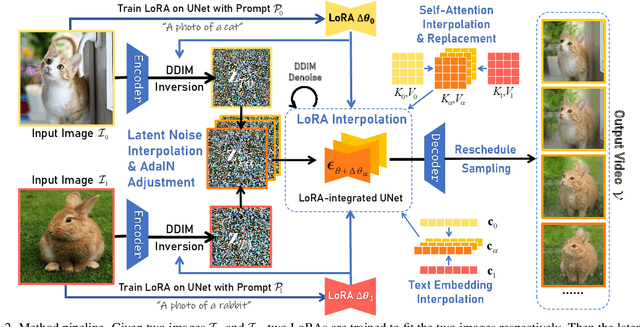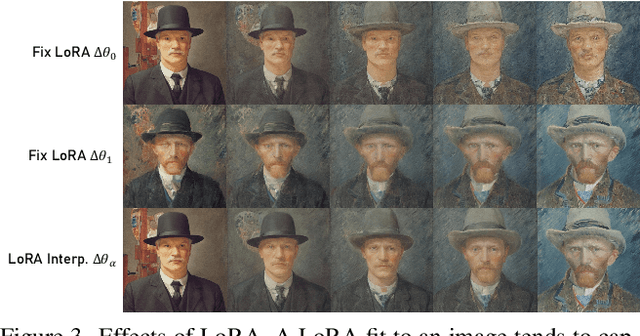Kaiwen Zhang
WiP: Towards a Secure SECP256K1 for Crypto Wallets: Hardware Architecture and Implementation
Nov 06, 2024Abstract:The SECP256K1 elliptic curve algorithm is fundamental in cryptocurrency wallets for generating secure public keys from private keys, thereby ensuring the protection and ownership of blockchain-based digital assets. However, the literature highlights several successful side-channel attacks on hardware wallets that exploit SECP256K1 to extract private keys. This work proposes a novel hardware architecture for SECP256K1, optimized for side-channel attack resistance and efficient resource utilization. The architecture incorporates complete addition formulas, temporary registers, and parallel processing techniques, making elliptic curve point addition and doubling operations indistinguishable. Implementation results demonstrate an average reduction of 45% in LUT usage compared to similar works, emphasizing the design's resource efficiency.
MultiConfederated Learning: Inclusive Non-IID Data handling with Decentralized Federated Learning
Apr 20, 2024Abstract:Federated Learning (FL) has emerged as a prominent privacy-preserving technique for enabling use cases like confidential clinical machine learning. FL operates by aggregating models trained by remote devices which owns the data. Thus, FL enables the training of powerful global models using crowd-sourced data from a large number of learners, without compromising their privacy. However, the aggregating server is a single point of failure when generating the global model. Moreover, the performance of the model suffers when the data is not independent and identically distributed (non-IID data) on all remote devices. This leads to vastly different models being aggregated, which can reduce the performance by as much as 50% in certain scenarios. In this paper, we seek to address the aforementioned issues while retaining the benefits of FL. We propose MultiConfederated Learning: a decentralized FL framework which is designed to handle non-IID data. Unlike traditional FL, MultiConfederated Learning will maintain multiple models in parallel (instead of a single global model) to help with convergence when the data is non-IID. With the help of transfer learning, learners can converge to fewer models. In order to increase adaptability, learners are allowed to choose which updates to aggregate from their peers.
NeurIT: Pushing the Limit of Neural Inertial Tracking for Indoor Robotic IoT
Apr 13, 2024Abstract:Inertial tracking is vital for robotic IoT and has gained popularity thanks to the ubiquity of low-cost Inertial Measurement Units (IMUs) and deep learning-powered tracking algorithms. Existing works, however, have not fully utilized IMU measurements, particularly magnetometers, nor maximized the potential of deep learning to achieve the desired accuracy. To enhance the tracking accuracy for indoor robotic applications, we introduce NeurIT, a sequence-to-sequence framework that elevates tracking accuracy to a new level. NeurIT employs a Time-Frequency Block-recurrent Transformer (TF-BRT) at its core, combining the power of recurrent neural network (RNN) and Transformer to learn representative features in both time and frequency domains. To fully utilize IMU information, we strategically employ body-frame differentiation of the magnetometer, which considerably reduces the tracking error. NeurIT is implemented on a customized robotic platform and evaluated in various indoor environments. Experimental results demonstrate that NeurIT achieves a mere 1-meter tracking error over a 300-meter distance. Notably, it significantly outperforms state-of-the-art baselines by 48.21% on unseen data. NeurIT also performs comparably to the visual-inertial approach (Tango Phone) in vision-favored conditions and surpasses it in plain environments. We believe NeurIT takes an important step forward toward practical neural inertial tracking for ubiquitous and scalable tracking of robotic things. NeurIT, including the source code and the dataset, is open-sourced here: https://github.com/NeurIT-Project/NeurIT.
DiffMorpher: Unleashing the Capability of Diffusion Models for Image Morphing
Dec 12, 2023



Abstract:Diffusion models have achieved remarkable image generation quality surpassing previous generative models. However, a notable limitation of diffusion models, in comparison to GANs, is their difficulty in smoothly interpolating between two image samples, due to their highly unstructured latent space. Such a smooth interpolation is intriguing as it naturally serves as a solution for the image morphing task with many applications. In this work, we present DiffMorpher, the first approach enabling smooth and natural image interpolation using diffusion models. Our key idea is to capture the semantics of the two images by fitting two LoRAs to them respectively, and interpolate between both the LoRA parameters and the latent noises to ensure a smooth semantic transition, where correspondence automatically emerges without the need for annotation. In addition, we propose an attention interpolation and injection technique and a new sampling schedule to further enhance the smoothness between consecutive images. Extensive experiments demonstrate that DiffMorpher achieves starkly better image morphing effects than previous methods across a variety of object categories, bridging a critical functional gap that distinguished diffusion models from GANs.
TogetherNet: Bridging Image Restoration and Object Detection Together via Dynamic Enhancement Learning
Sep 03, 2022



Abstract:Adverse weather conditions such as haze, rain, and snow often impair the quality of captured images, causing detection networks trained on normal images to generalize poorly in these scenarios. In this paper, we raise an intriguing question - if the combination of image restoration and object detection, can boost the performance of cutting-edge detectors in adverse weather conditions. To answer it, we propose an effective yet unified detection paradigm that bridges these two subtasks together via dynamic enhancement learning to discern objects in adverse weather conditions, called TogetherNet. Different from existing efforts that intuitively apply image dehazing/deraining as a pre-processing step, TogetherNet considers a multi-task joint learning problem. Following the joint learning scheme, clean features produced by the restoration network can be shared to learn better object detection in the detection network, thus helping TogetherNet enhance the detection capacity in adverse weather conditions. Besides the joint learning architecture, we design a new Dynamic Transformer Feature Enhancement module to improve the feature extraction and representation capabilities of TogetherNet. Extensive experiments on both synthetic and real-world datasets demonstrate that our TogetherNet outperforms the state-of-the-art detection approaches by a large margin both quantitatively and qualitatively. Source code is available at https://github.com/yz-wang/TogetherNet.
 Add to Chrome
Add to Chrome Add to Firefox
Add to Firefox Add to Edge
Add to Edge